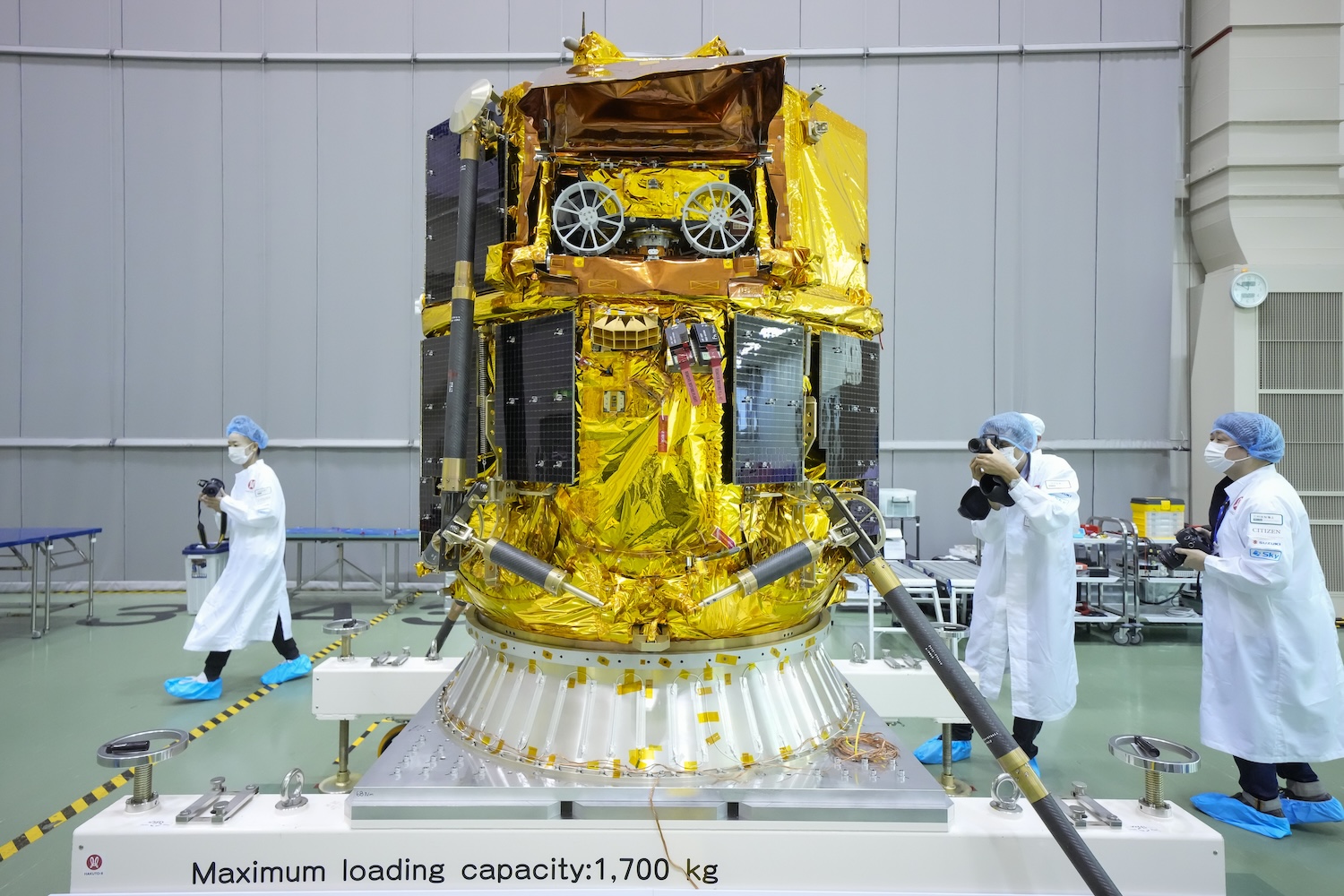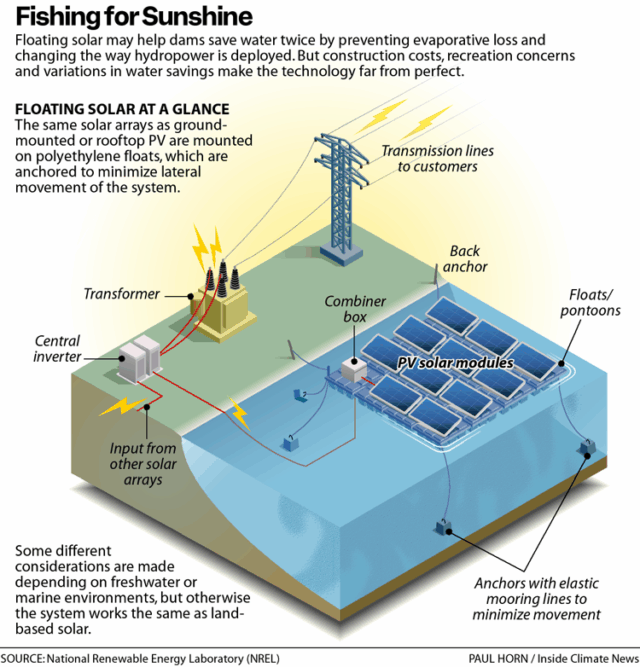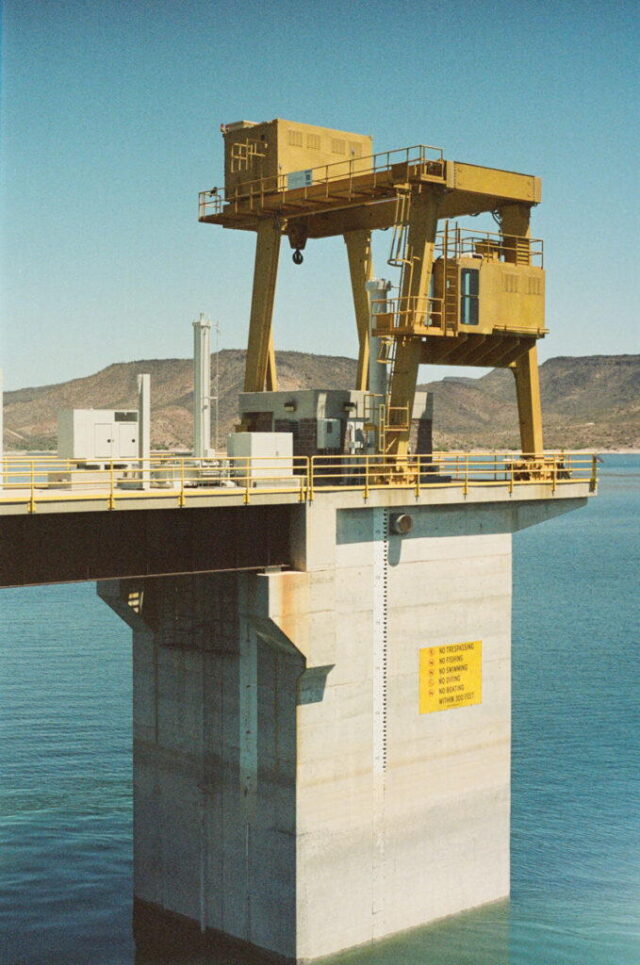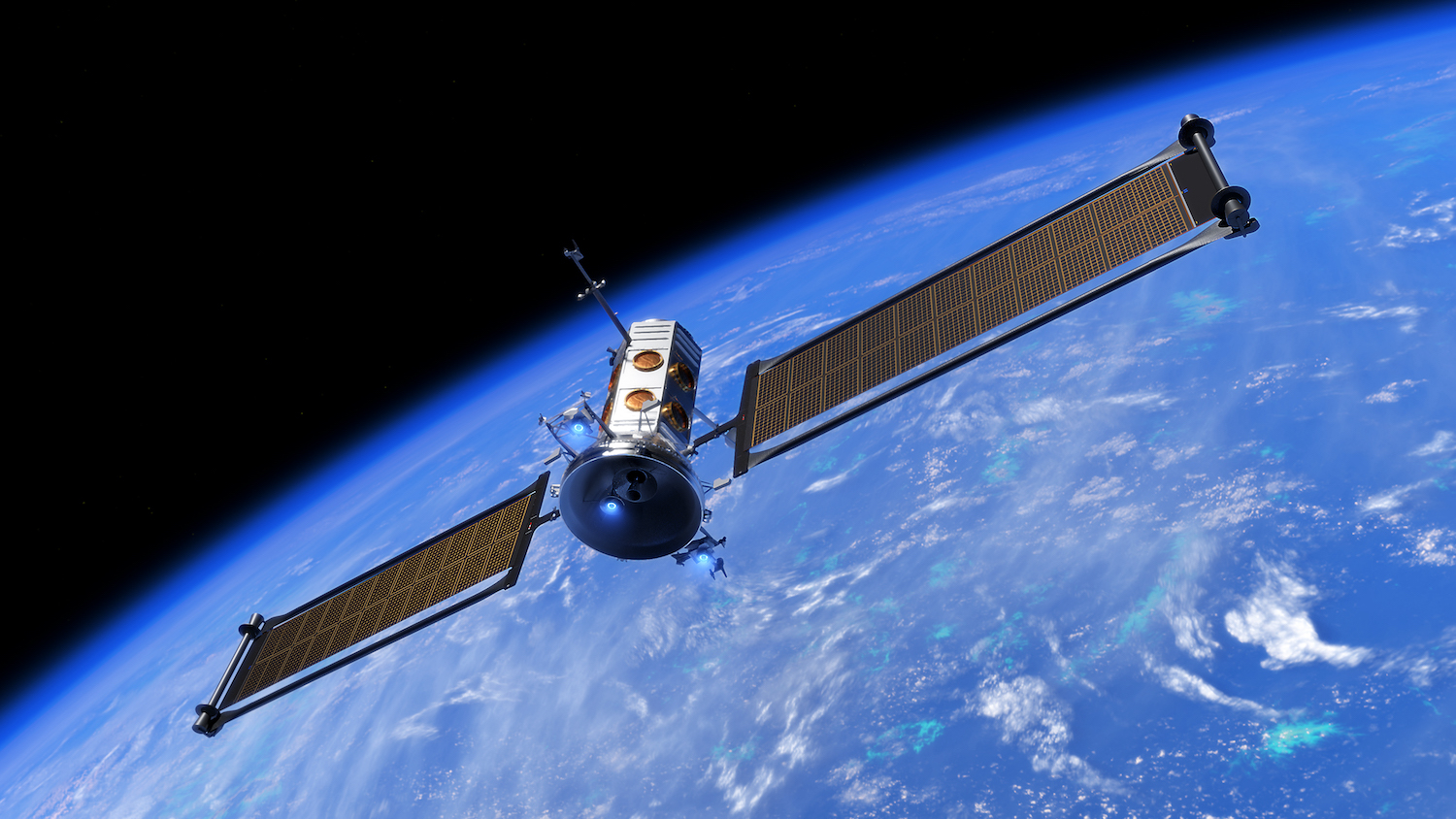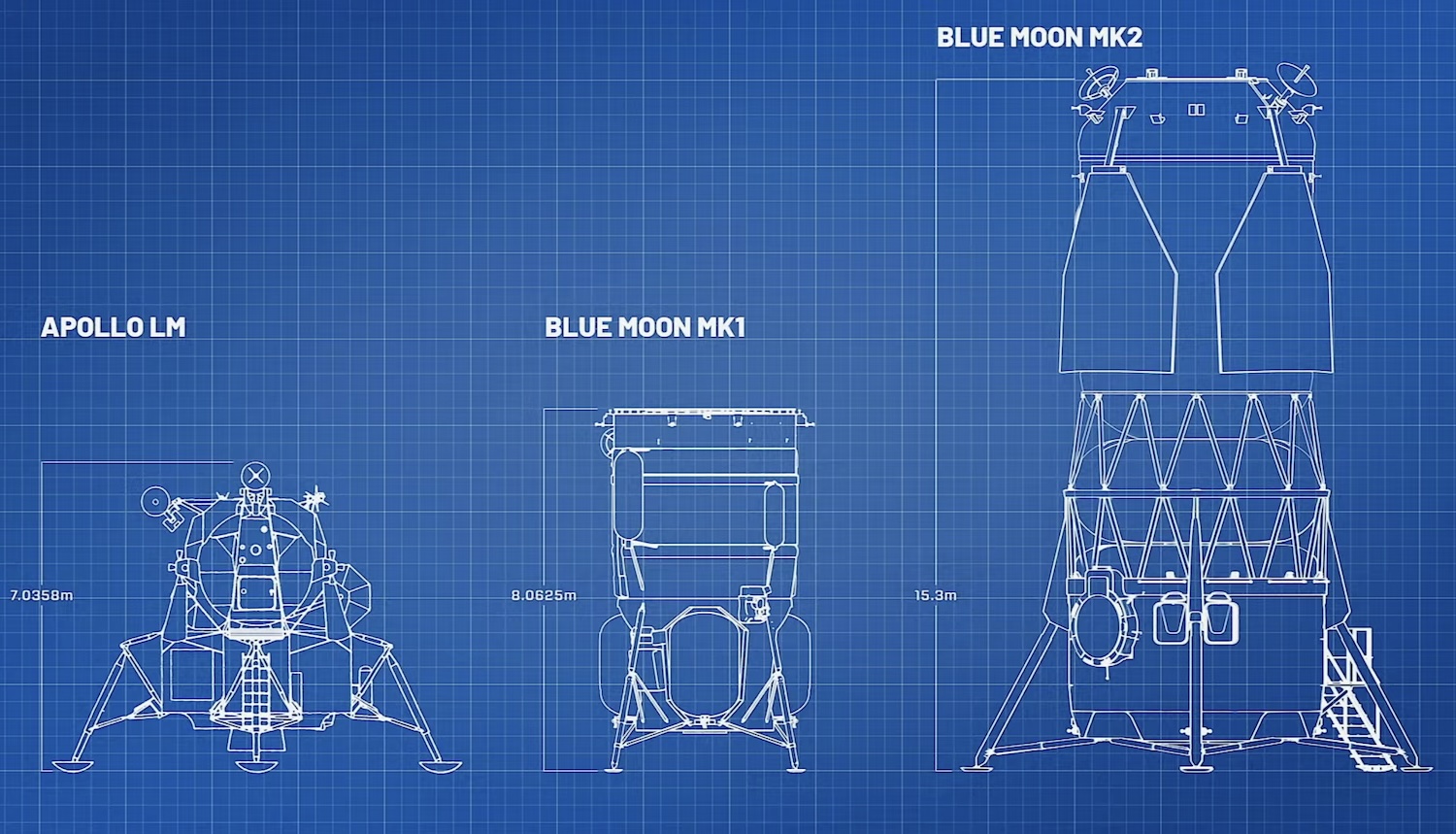Nintendo Switch 2’s faster chip can dramatically improve original Switch games
Link’s Awakening, Switch 1, docked. Andrew Cunningham
It’s pretty much the same story for Link’s Awakening. Fine detail is much more visible, and the 3D is less aliased-looking because the Switch 2 is running the game at a higher resolution. Even the fairly aggressive background blur the game uses looks toned down on the Switch 2.
Link’s Awakening on the Switch 1, docked.
Link’s Awakening on the Switch 2, docked.
The videos of these games aren’t quite as obviously impressive as the Pokémon ones, but they give you a sense of the higher resolution on the Switch 2 and the way that the Switch’s small endemic frame rate hiccups are no longer a problem.
Quiet updates
For the last two categories of games, we won’t be waxing as poetic about the graphical improvements because there aren’t many. In fact, some of these games we played looked ever-so-subtly worse on the Switch 2 in handheld mode, likely a side effect of a 720p handheld-mode image being upscaled to the Switch 2’s 1080p native resolution.
That said, we still noticed minor graphical improvements. In Kirby Star Allies, for example, the 3D elements in the picture looked mostly the same, with roughly the same resolution, same textures, and similar overall frame rates. But 2D elements of the UI did still seem to be aware that the console is outputting a 4K image and are visibly sharper as a result.
Games without updates
If you were hoping that all games would get some kind of “free” resolution or frame rate boost from the Switch 2, that mostly doesn’t happen. Games like Kirby’s Return to Dream Land Deluxe and Pokémon Legends Arceus, neither of which got any kind of Switch 2-specific update, look mostly identical on both consoles. If you get right up close and do some pixel peeping, you can occasionally see places where outputting a 4K image instead of a 1080p image will look better on a 4K TV, but it’s nothing like what we saw in the other games we tested.
Pokémon Legends Arceus, Switch 1, docked.
Pokémon Legends Arceus, Switch 2, docked.
However, it does seem that the Switch 2 may help out somewhat in terms of performance consistency. Observe the footage of a character running around town in Pokémon Legends—the resolution, draw distance, and overall frame rate all look pretty much the same. But the minor frame rate dips and hitches you see on the Switch 1 seem to have been at least partially addressed on the Switch 2. Your mileage will vary, of course. But you may encounter cases where a game targeting a stable 30 fps on the Switch 1 will hit that 30 fps with a bit more consistency on the Switch 2.
Nintendo Switch 2’s faster chip can dramatically improve original Switch games Read More »


